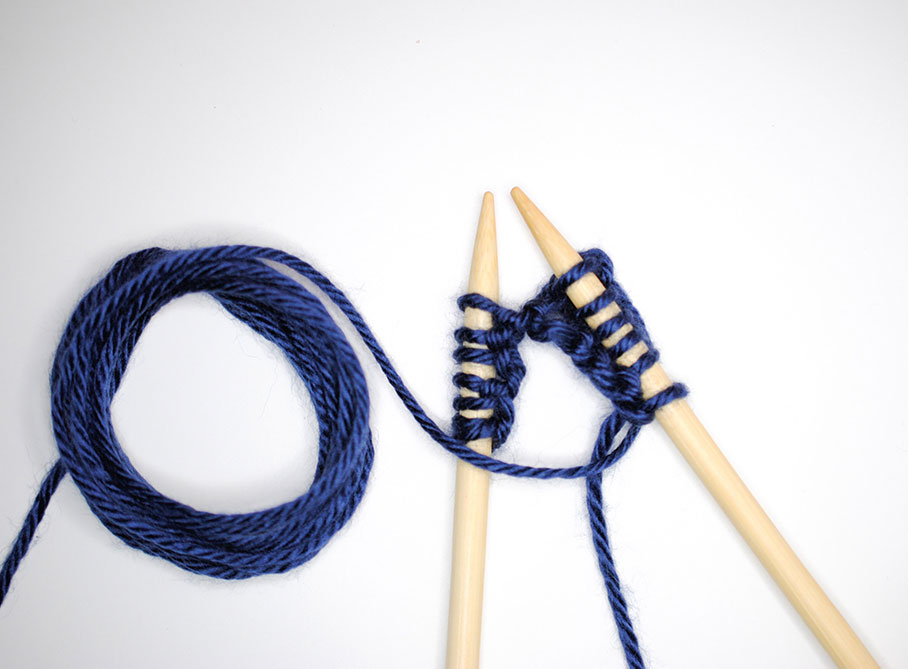- Startpage
- In English
- The Inventory
- Knitting
Knitting
Knitting is a textile craft that involves making soft, warm garments such as sweaters, mittens, and socks from yarn.
Location: Nation wide

While most people are familiar with knitting, fewer people are active knitters. Today, there is a renewed interest in the craft, with devoted knitters of all ages. In general, more women than men are knitters.
Knitting is an old textile craft, probably dating back to the 13th or 14th century in Sweden. Using two needles and yarn, the technique of knitting produces a fabric consisting of connected loops in rows. The most common technique in Sweden is knit and purl stitches. Different techniques create a variety of different textures and patterns. By adding or reducing the number of stitches, the shape of the garment is modified.
Knitting takes place all over the world, and different regions have their own traditions. The Icelandic knitted wool sweaters have a characteristic spiky pattern over the shoulders. In Norway, the traditional knitted sweater – lusekofta – is usually made from black, white, and red yarn. Regional differences also influence knitting techniques. In Britain, the most common technique is throwing, which is less common in the Nordic countries. Traditions also vary within Sweden. On the island of Gotland, the thousand-year-old motif of the sun wheel is common in knitting. In northern Sweden, there was a need to produce sturdy everyday garments, often in simple and colorful patterns.
The origins of knitting are difficult to trace. There have been archaeological finds of fabric from ancient Egypt, but their age makes it hard to determine if these are knitted. Nålbindning, or knotless knitting, is a technique that predates knitting. It was used to produce garments such as hats and socks during the Viking period and the Middle Ages in Sweden. Knitting was probably introduced to Sweden in the 13th or 14th century, and replaced knotless knitting during the 17th and 18th centuries as a faster way of making garments. Knitting was a common activity in agricultural Sweden, where women, men, and children would all take part in the craft. During the 20th century, knitting came to be seen as a feminine craft, particularly practiced by the good housewife.
While the need for hand-knitted garments has decreased due to industrial production, there is a renewed interest in knitting today. Knitting is practiced as an artistic expression and as a hobby, and many people knit together in groups. Sustainability is a concern for many knitters. The range of organic and recycled yarn is constantly expanding. As a craft, knitting has a social dimension and is appreciated for its meditative qualities.
